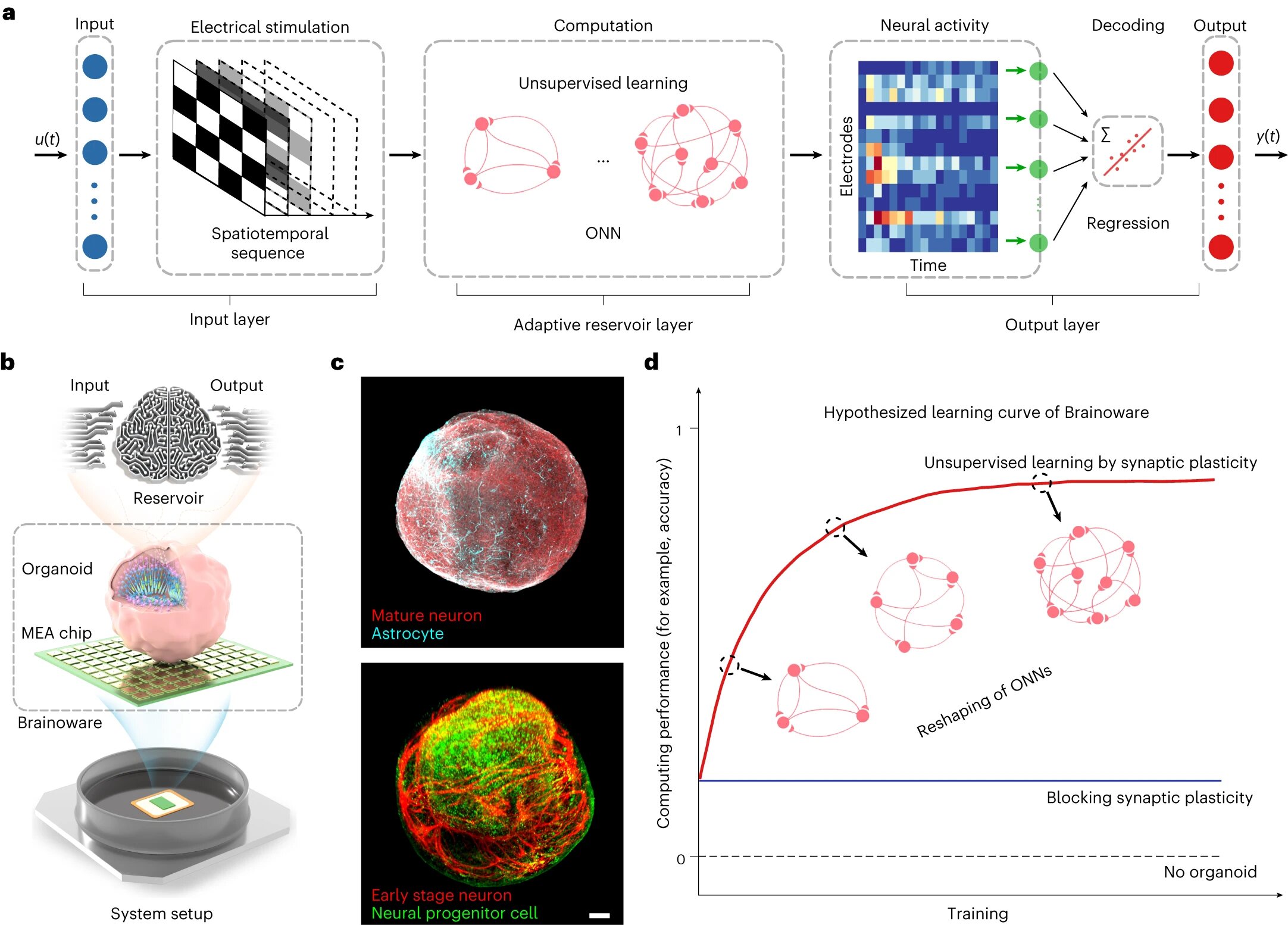
Category Biology/Biotechnology


McGill University researchers have made a breakthrough in diagnostic technology, inventing a ‘lab on a chip’ that can be 3D-printed in just 30 minutes. The chip has the potential to make on-the-spot testing widely accessible.
As part of a recent study, the results of which were published in the journal Advanced Materials, the McGill team developed capillaric chips that act as miniature laboratories.
Unlike other computer microprocessors, these chips are single-use and require no external power source — a simple paper strip suffices.
They function through capillary action — the very phenomena by which a spilled liquid on the kitchen table spontaneously wicks into the paper towel used to wipe it up.
“Traditional diagnostics require peripherals, while ours can circumvent them...
Read More
Researchers at The Park Center for Mental Health, Australia, have added to the growing body of evidence that cat ownership is a major risk factor for schizophrenia and quantified the risk at more than double. In a paper, “Cat Ownership and Schizophrenia-Related Disorders and Psychotic-Like Experiences: A Systematic Review and Meta-Analysis,” published in Schizophrenia Bulletin, the team details the connections between youth cat ownership and later-in-life schizophrenia-related diagnosis.
The researchers conducted an extensive study search across various databases and gray literature from January 1, 1980, to May 30, 2023, without geographical or language limitations...
Read More
A University of Michigan-led study based on a review of genetic and health information from more than 276,000 people finds strong support for a decades-old evolutionary theory that sought to explain aging and senescence.
In 1957, evolutionary biologist George Williams proposed that genetic mutations that contribute to aging could be favored by natural selection if they are advantageous early in life in promoting earlier reproduction or the production of more offspring. Williams was an assistant professor at Michigan State University at the time.
Williams’ idea, now known as the antagonistic pleiotropy theory of aging, remains the prevailing evolutionary explanation of senescence, the process of becoming old or aging...
Read More





Recent Comments